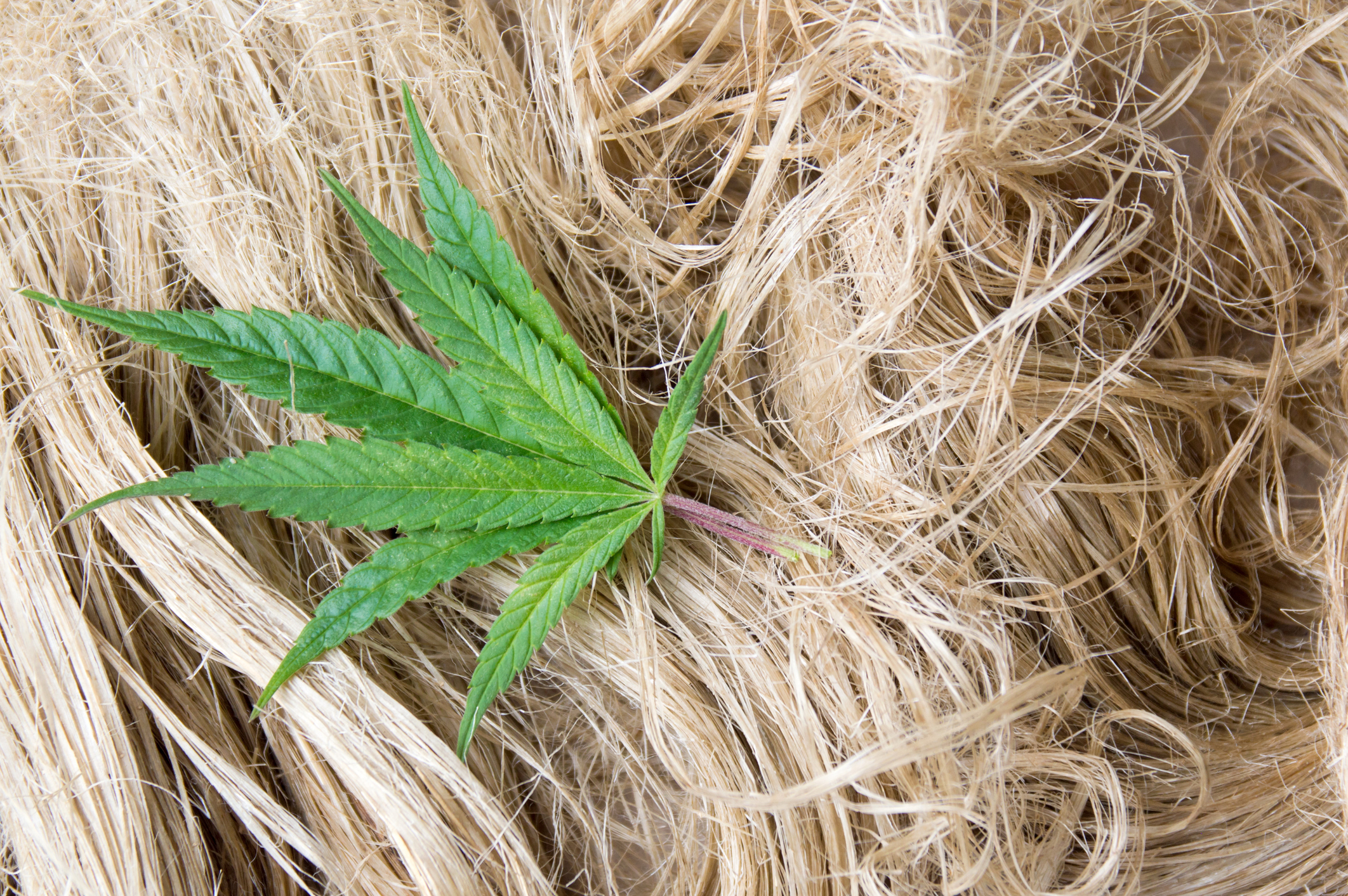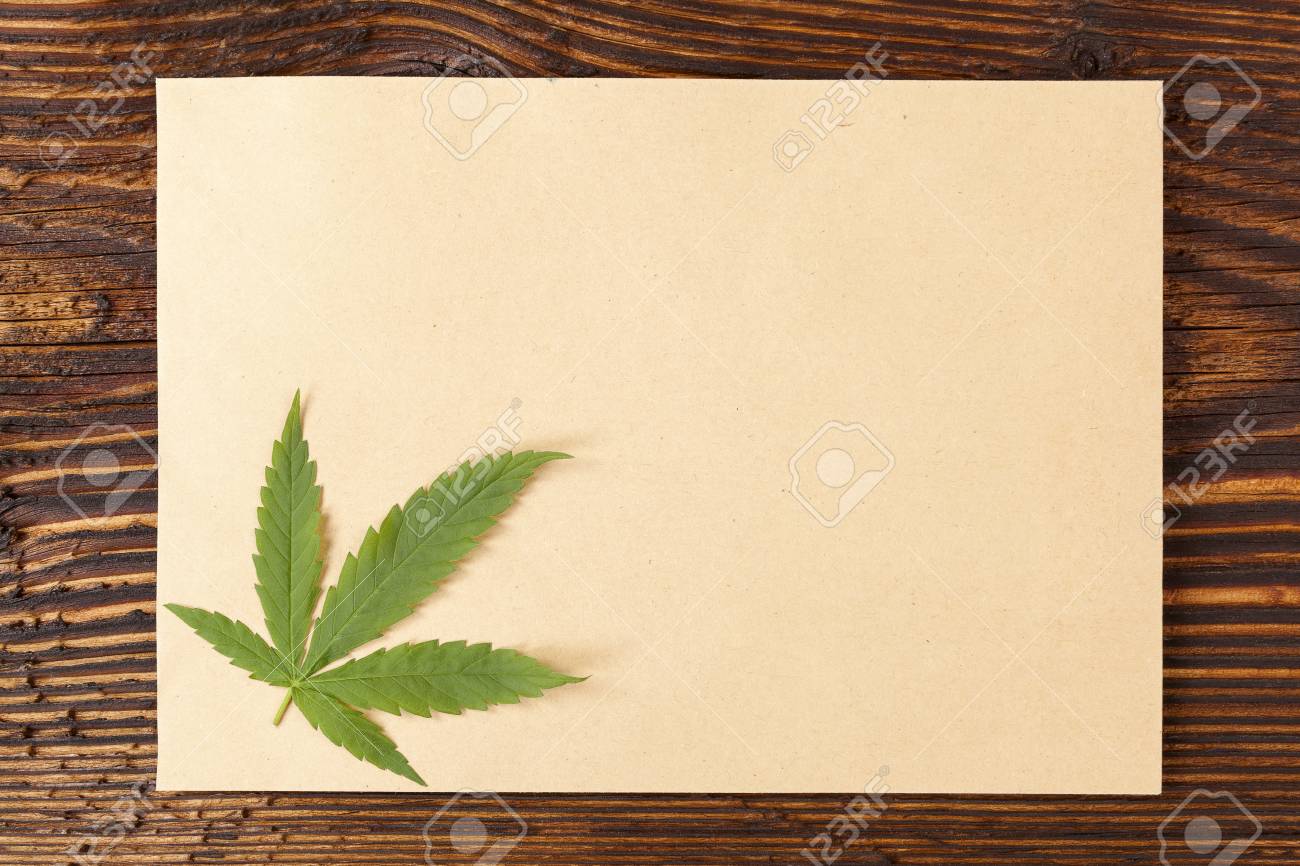No products in the cart.
News
All about hemp and its benefits?
Hemp, or industrial hemp, is a variety of the Cannabis sativa plant species that is grown specifically for industrial use. It can be used to make a wide range of products. Along with bamboo, hemp is one of the fastest growing plants on Earth. It was also one of the first plants to be spun into usable fiber 50,000 years ago. It can be refined into a variety of commercial items, including paper, rope, textiles, clothing, biodegradable plastics, paint, insulation, biofuel, food, and animal feed.
Hemp is used to make a variety of commercial and industrial products, including rope, textiles, clothing, shoes, food, paper, bioplastics, insulation, and biofuel. The bast fibers can be used to make textiles that are 100% hemp, but they are commonly blended with other fibers, such as flax, cotton or silk, as well as virgin and recycled polyester, to make woven fabrics for apparel and furnishings. The inner two fibers of the plant are woodier and typically have industrial applications, such as mulch, animal bedding, and litter. When oxidized (often erroneously referred to as “drying”), hemp oil from the seeds becomes solid and can be used in the manufacture of oil-based paints, in creams as a moisturizing agent, for cooking, and in plastics. Hemp seeds have been used in bird feed mix as well. A survey in 2003 showed that more than 95% of hemp seed sold in the European Union was used in animal and bird feed.
Food
Hemp seeds are high in complete protein and are also a great source of iron. They can be eaten raw, ground into hemp meal, sprouted or made into dried sprout powder. Hemp seeds can also be made into a liquid and used for baking or for beverages such as hemp milk and tisanes. Hemp oil is cold-pressed from the seed and is high in unsaturated fatty acids. The leaves of the hemp plant, while not as nutritional as the seeds, are edible and can be consumed raw as leafy vegetables in salads, and pressed to make juice. In the Kumaun region of Uttarakhand, India, hemp seeds are grounded with lemon juice and Himalayan salt into a paste. Water is then added to make ‘Bhang Chutney’. This dip is served since ancient times as a side to several meals.
In 2011, the US imported $11.5 million worth of hemp products, mostly driven by growth in the demand for hemp seed and hemp oil for use as ingredients in foods such as granola.
In the UK, the Department for Environment, Food and Rural Affairs treats hemp as a purely non-food crop, but with proper licensing and proof of less than 0.2% THC concentration, hemp seeds can be imported for sowing or for sale as a food or food ingredient. In the US, hemp can be used legally in food products and, as of 2000, was typically sold in health food stores or through mail order.
Fiber
Hemp fiber has been used extensively throughout history, with production climaxing soon after being introduced to the New World. For centuries, items ranging from rope, to fabrics, to industrial materials were made from hemp fiber. Hemp was also commonly used to make sail canvas. The word “canvas” is derived from the word cannabis. Pure hemp has a texture similar to linen. Because of its versatility for use in a variety of products, today hemp is used in a number of consumer goods, including clothing, shoes, accessories, dog collars, and home wares. For clothing, in some instances, hemp is mixed with lyocell
Building material
Hemp as a building construction material provides solutions to a variety of issues facing current building standards. Its light-weightiness, mold resistance, breathability, etc. makes hemp products versatile in a multitude of uses. Following the co-heating tests of NNFCC Renewable House at the Building Research Establishment (BRE), hemp is reported to be a more sustainable material of construction in comparison to most building methods used today. In addition, its practical use in building construction could result in a reduction of energy consumption costs and the creation of secondary pollutants.
Currently, the University of Bath researches the use of hemp-lime panel systems for construction. Funded by the European Union, the research tests panel design within their use in high-quality construction, on site assembly, humidity and moisture penetration, temperature change, daily performance and energy saving documentations.
The most common use of hemp-lime in building is by casting the hemp-hurd and lime mix while wet around a timber frame with temporary shuttering and tamping the mix to form a firm mass. After the removal of the temporary shuttering, the solidified hemp mix is then ready to be plastered with lime plaster.
Ropes and strands
Hemp ropes can be woven in various diameters, possessing high amounts of strength making them suitable for a variety of uses for building construction purposes. Some of these uses include installation of frames in building openings and connection of joints. The ropes also used in bridge construction, tunnels, traditional homes, etc. One of the earliest examples of hemp rope and other textile use can be traced back to 1500 BC Egypt.
Plastics
Cannabis geotextiles could be put in both wet and dry conditions. Hemp-based bioplastic is a biodegradable alternative to regular plastic and can potentially replace PVC (Polyvinyl chloride), a material used for plumbing pipes.
Wood
Hemp growth lasts roughly 100 days, a much faster time period than an average tree used for construction purposes. While dry, the fibers could be pressed into tight wood alternatives to wood frame construction, wall/ceiling paneling, and flooring. As an addition, hemp is flexible and versatile allowing it to be used in a greater number of ways than wood.] Similarly, hemp wood could also be made of recycled hemp-based paper.
Composite materials
A mixture of fiberglass, hemp fiber, kenaf, and flax has been used since 2002 to make composite panels for automobiles. The choice of which bast fiber to use is primarily based on cost and availability. Various car makers are beginning to use hemp in their cars, including Audi, BMW, Ford, GM, Chrysler, Honda, Iveco, Lotus, Mercedes, Mitsubishi, Porsche, Saturn, Volkswagen.
Paper
If the paper industry were to switch from wood to hemp for sourcing its cellulose fibers, the following benefits could be utilized:
- Hemp yields three to four times more usable fibre per hectare per annum than forests, and hemp doesn’t need pesticides or herbicides.
- Hemp has a much faster crop yield. It takes about 3–4 months for hemp stalks to reach maturity, while trees can take between 20 and 80 years. Not only does hemp grow at a faster rate, but it also contains a high level of cellulose. This quick return means that paper can be produced at a faster rate if hemp were used in place of wood.
- Hemp paper does not require the use of toxic bleaching or as many chemicals as wood pulp because it can be whitened with hydrogen peroxide. This means using hemp instead of wood for paper would end the practice of poisoning Earth’s waterways with chlorine or dioxins from wood paper manufacturing.
- Hemp paper can be recycled up to 8 times, compared to just 3 times for paper made from wood pulp.
- Compared to its wood pulp counterpart, paper from hemp fibers resists decomposition and does not yellow or brown with age. It is also one of the strongest natural fibers in the world – one of the reasons for its longevity and durability.
- Several factors favor the increased use of wood substitutes for paper, especially agricultural fibers such as hemp. Deforestation, particularly the destruction of old growth forests, and the world’s decreasing supply of wild timber resources are today major ecological concerns. Hemp’s use as a wood substitute will contribute to preserving biodiversity
Water and soil purification
Hemp can be used as a “mop crop” to clear impurities out of wastewater, such as sewage effluent, excessive phosphorus from chicken litter, or other unwanted substances or chemicals. Additionally, hemp is being used to clean contaminants at the Chernobyl nuclear disaster site, by way of a process which is known as phytoremediation—the process of clearing radioisotopes and a variety of other toxins from the soil, water, and air.
Weed control
Hemp crops are tall, have thick foliage, and can be planted densely, and thus can be grown as a smother crop to kill tough weeds. Using hemp this way can help farmers avoid the use of herbicides, gain organic certification, and gain the benefits of crop rotation. However, due to the plant’s rapid and dense growth characteristics, some jurisdictions consider hemp a prohibited and noxious weed, much like Scotch Broom.
Biofuels
Biodiesel can be made from the oils in hemp seeds and stalks; this product is sometimes called “hempoline”. Alcohol fuel (ethanol or, less commonly, methanol) can be made by fermenting the whole plant.



